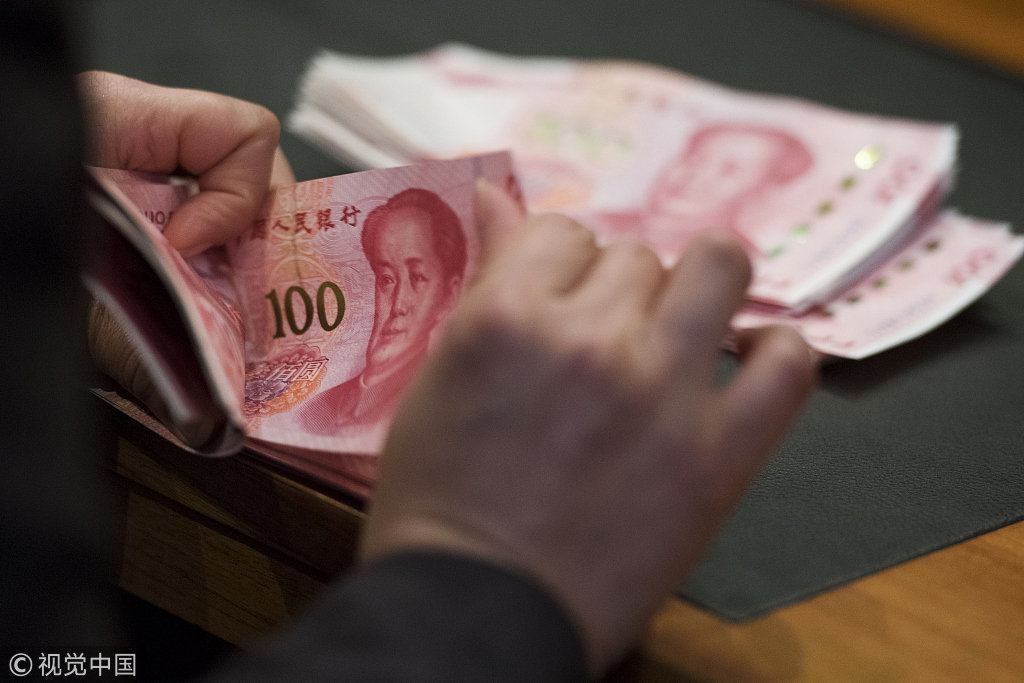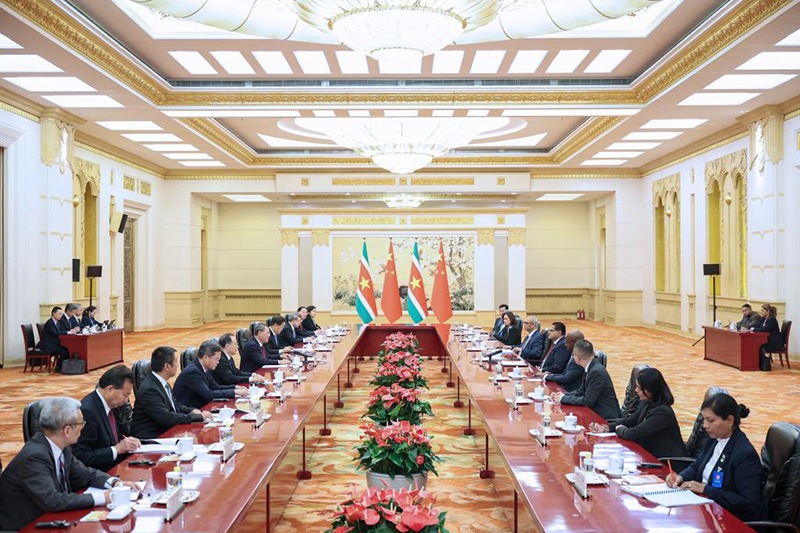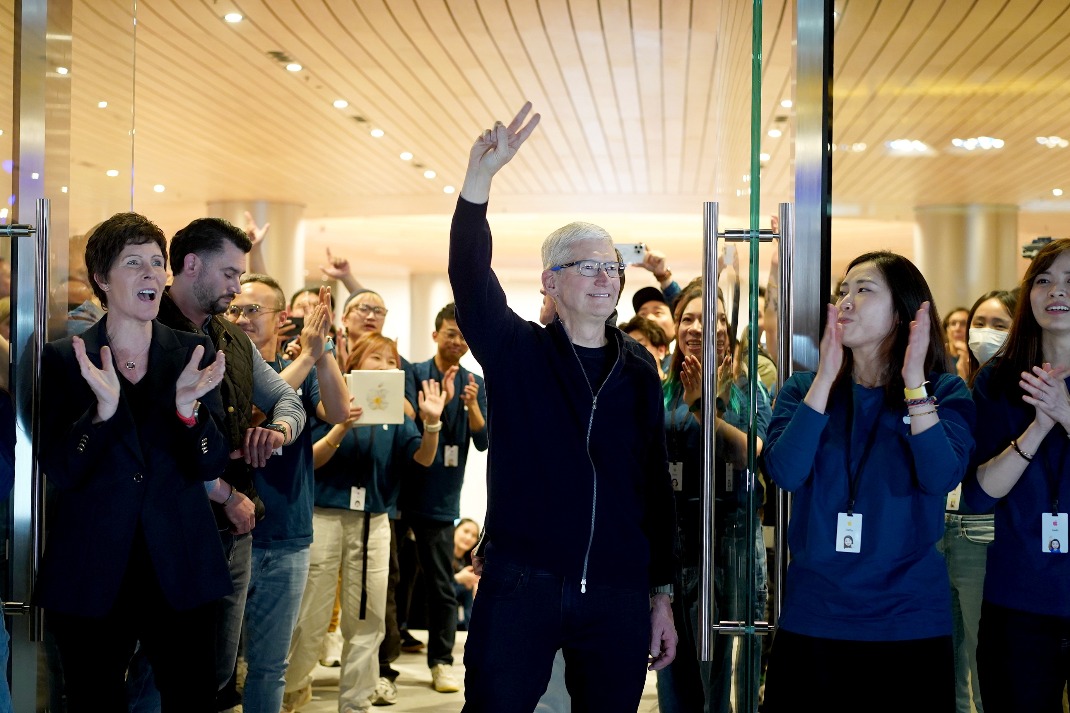Money supply hits record low in June


China's broad money supply growth or M2, a key gauge of inflation, retreated to a record low in June, despite a slight pick up in yuan loans amid monetary policy tweaks and tighter financial regulations.
Analysts said there was unlikely to be any major rebound in the M2 growth during the second half of the year given that there would be no major changes in the nation's rigid fiscal stance.
The M2 growth had slowed to 8 percent by the end of June, the lowest since 1996, when it was introduced as a key measure of the nation's quantity-based monetary policy framework, the central bank said on Friday.
Last month, newly issued renminbi loans stood at 1.86 trillion yuan ($278 billion), up from 1.15 trillion yuan in May. They increased by a total of 9.03 trillion yuan in the first half. The total loans outstanding increased by 12.7 percent year-on-year in the first half this year, 0.1 percentage point higher than that at the end of May, the People's Bank of China said.
It also published total social financing, a broad measure of funds that nonfinancial firms and households get from the financial system, which increased by 1.18 trillion yuan in June, up from 760.8 billion yuan in May.
Ruan Jianhong, a central bank spokeswoman, said on Friday that the monetary authority will continue prudent and neutral monetary policy while strengthening policy fine-tuning in the future to maintain reasonable and adequate liquidity and reasonable growth of total social financing.
"Money growth remains a fascinating concept, especially in China where trillions of yuan are created and flow through the economy every month," said M.K. Tang, an economist with Goldman Sachs (Asia). "However, the slowdown in money has been a cause of concern recently. We believe the weak money growth points to slower nominal GDP growth ahead," said Tang.
Sun Guofeng, director of the PBOC financial research institute, said last week that the PBOC is pushing forward the transition of the monetary policy framework to a price-based monetary system.
In terms of credit growth, Zhu Haibin, chief China economist and head of China equity strategy at J.P. Morgan, said the overall credit growth rate this year may match normal GDP growth, within a range between 10 and 11 percent.
- Working together to build a world of lasting peace and universal security and a community with a shared future for mankind
- Xi stresses improving innovation capabilities for key, core technologies
- China to regulate tax payment in film industry
- China Merchants Bank to better serve enterprises
- Shanghai ranked world's 5th best international financial center




































